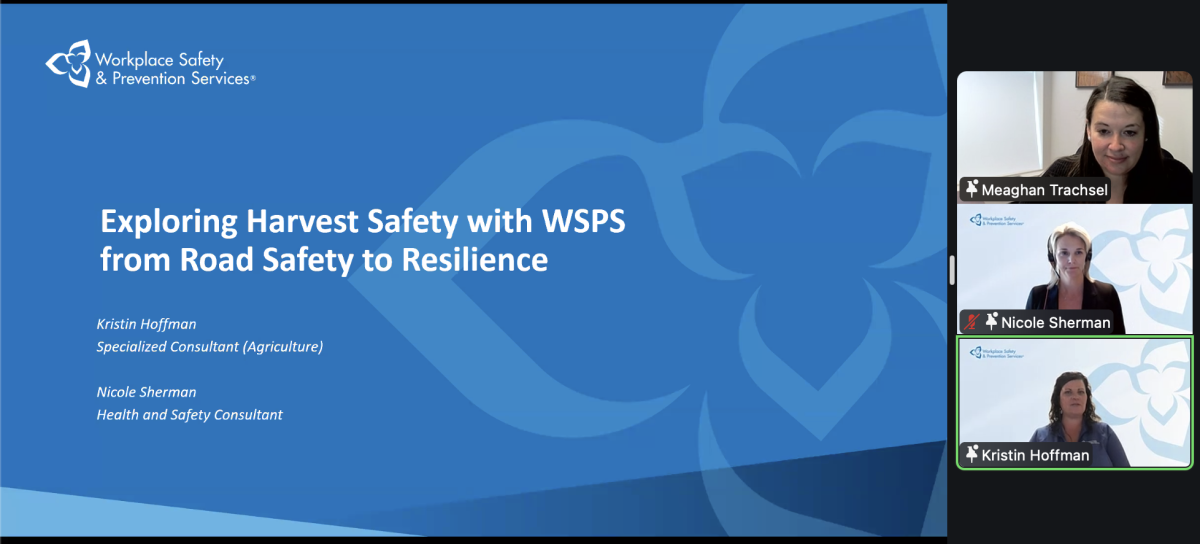A decrease of almost $900 million in federal ag program spending for 2008-09 from 2007-08 levels, coming largely from business risk management programming, is “nothing short of a disgrace” given Canada’s troubled livestock sector, according to the federal Liberals’ ag critic.
However, the document cited in the Liberals’ claims contends the reduced spending comes largely from programs in which dollar amounts fluctuate “to meet the demands and requirements of the agriculture industry.”
Citing figures in Agriculture and Agri-food Canada’s Performance Report for 2008-09, Prince Edward Island MP Wayne Easter said in a release last week that agriculture program spending has dropped from $2.4 billion in 2007-08 to $1.5 billion in 2008-09.
Read Also

Exploring Harvest Safety
Kristin Hoffman of WSPS explains measures for increased farm safety around harvest season
“That’s nearly $1 billion cut out of Canada’s struggling farming community,” said Mr. Easter. “This Conservative government is taking farmers for granted. They are ruling from Ottawa and leaving hard-working farm families without assistance in their time of need.”
The report to which Easter refers compares “actual spending” on federal ag programs, showing $2.421 billion spent on business risk management, food safety and quality and market and international programming, as well as the National Farm Products Council, in 2007-08.
For 2008-09, the “actual spending” figure drops to $1.555 billion, down also from the government’s “main estimates” of $1.921 billion and “planned spending” of $2.311 billion.
“The variance between actual and planned spending is primarily attributable to business risk management (BRM) programming,” the performance report states. “BRM programs are demand-driven in nature. Spending for those programs fluctuates to meet the demands and requirements of the agriculture industry.”
BRM programming makes up the vast majority of the program spending in question, with actual spending dropping from $2.224 billion in 2007-08 to $1.362 billion in 2008-09.
Crop receipts
For 2007-08, the report notes, spending included Budget 2007 funding of $1 billion for the single-year Cost of Production and AgriInvest Kickstart programs. “As a result of this one-time spending for 2007-08, actual spending for 2008-09 is relatively low in comparison,” the report says.
“In addition, reduced expenditures in 2008-09 for business risk management programming reflect a strong rise in crop receipts — mainly in the grains and oilseeds sector, for 2008 over 2007.”
Also, the report notes, 2008-09 was a “transition year” as the Chretien government’s five-year Agricultural Policy Framework expired and the Harper government’s Growing Forward policy framework was introduced.
Nevertheless, Easter contended the difference could have gone to help farmers.
The previous Liberal government, he said in the party’s release, “worked hard to balance the nation’s finances so we had the financial capacity to help farmers in need. This is no longer the case under Stephen Harper.
“When hog farmers were facing a crisis through no fault of their own, rather than aid them, this government turned their back on them,” he said. “One billion dollars could have helped farm families significantly in easing their struggles and transforming the industry for the future.”














